As a car owner, ensuring that your vehicle runs smoothly and efficiently is essential for both your safety and driving experience. However, sometimes issues can arise that affect your vehicle’s overall performance, handling, and comfort. These issues, commonly referred to as “driveability concerns,” can manifest in various ways, ranging from engine performance problems to steering and suspension issues.
At Werner’s European Auto, we specialize in diagnosing and repairing driveability concerns for European vehicles, helping residents of Salt Lake City, Utah, keep their cars in optimal condition. In this article, we will explore what driveability concerns are, common symptoms to watch for, and how Werner’s European Auto can help resolve these issues and restore your vehicle’s performance.
 What Are Driveability Concerns?
What Are Driveability Concerns?
Driveability concerns refer to issues that impact the way your vehicle drives, including its engine performance, steering, acceleration, braking, and overall handling. These problems can make your car feel less responsive, more difficult to control, or less efficient. In many cases, driveability concerns are related to mechanical, electrical, or electronic malfunctions that affect critical vehicle systems.
Common driveability concerns include:
Engine hesitation or misfiring
Reduced fuel efficiency
Rough idling or stalling
Hard or delayed acceleration
Excessive exhaust emissions
Poor handling or steering responsiveness
Transmission shifting issues
Ignoring these issues can lead to larger problems, including costly repairs, safety hazards, and diminished driving comfort. That’s why addressing driveability concerns early on is essential to maintaining the health of your vehicle.
Common Causes of Driveability Concerns
Driveability issues can arise from a variety of sources, ranging from minor malfunctions to significant mechanical failures. Here are some of the most common causes of driveability concerns:
1. Engine Performance Issues
Engine performance problems are among the most frequent causes of driveability concerns. These can stem from issues with fuel delivery, ignition systems, air intake, or exhaust systems. If your vehicle is experiencing rough idling, hesitation during acceleration, or stalling, the underlying cause could be:
Faulty spark plugs or ignition coils
Clogged fuel injectors or a failing fuel pump
Dirty air filters or a malfunctioning mass airflow sensor
Leaking vacuum hoses or intake manifold gaskets
Oxygen sensor failure affecting the air-fuel mixture
At Werner’s European Auto, our skilled technicians use advanced diagnostic equipment to accurately pinpoint engine performance issues and provide efficient repairs to restore your car’s power and responsiveness.
2. Transmission and Drivetrain Problems
Driveability can also be affected by transmission and drivetrain issues. A malfunctioning transmission may result in hard or delayed shifts, slipping gears, or unusual noises when accelerating. Similarly, problems with the drivetrain can cause vibrations, clunking sounds, and poor power distribution to the wheels. Common causes of transmission and drivetrain issues include:
Low or contaminated transmission fluid
Worn clutch components (in manual transmissions)
Failing transmission solenoids or valve body issues
Damaged driveshafts or axles
Whether your vehicle has an automatic or manual transmission, Werner’s European Auto has the expertise to diagnose and repair transmission and drivetrain problems, ensuring smooth and reliable performance on the road.
3. Fuel System Malfunctions
Your vehicle’s fuel system is responsible for delivering the right amount of fuel to the engine for combustion. Any disruption in this process can lead to poor engine performance, reduced fuel efficiency, and emissions problems. Common fuel system-related driveability concerns include:
Fuel pump failure, leading to insufficient fuel pressure
Dirty or clogged fuel injectors, which can cause uneven fuel distribution
Faulty fuel pressure regulator, resulting in fuel flow issues
Bad fuel quality or contamination in the fuel tank
At Werner’s European Auto, we offer comprehensive fuel system diagnostics and repairs to address any issues that may be affecting your car’s driveability. Regular maintenance, such as fuel filter replacement and fuel injector cleaning, can help prevent many of these problems.
4. Steering and Suspension Issues
Driveability is not just about the engine—your vehicle’s steering and suspension systems also play a critical role in how your car handles on the road. Common steering and suspension problems that can affect driveability include:
Worn or damaged steering components, such as tie rods or steering rack
Misaligned wheels, causing poor handling and uneven tire wear
Worn shocks or struts, leading to a rough ride and reduced stability
Loose or damaged suspension bushings, which can cause clunking noises and poor handling
If you notice that your vehicle pulls to one side, has a shaky or bumpy ride, or feels unstable while turning, it’s essential to have your steering and suspension systems inspected by a qualified technician. Werner’s European Auto specializes in diagnosing and repairing these issues to improve your vehicle’s handling and comfort.
5. Electrical System Failures
Modern European vehicles are equipped with advanced electrical and electronic systems that control various functions, including the engine, transmission, and safety features. When there’s a problem with the electrical system, it can lead to a range of driveability concerns, such as:
Warning lights appearing on the dashboard
Intermittent power loss or electrical surges
Malfunctioning sensors or electronic control modules (ECMs)
Faulty wiring harnesses or corroded connections
At Werner’s European Auto, we use the latest diagnostic tools to identify electrical system issues and perform precise repairs, ensuring that your vehicle’s electronics function as intended.
How Werner’s European Auto Can Help
At Werner’s European Auto, we are committed to providing top-tier automotive services to residents of Salt Lake City, Utah. Our team of highly trained technicians specializes in European vehicles, including brands such as BMW, Mercedes-Benz, Audi, and Volkswagen. We understand the unique engineering and complexities of these cars, allowing us to provide expert solutions for driveability concerns.
Here’s what sets our services apart:
1. Comprehensive Diagnostics
Diagnosing driveability concerns can be complex, but our advanced diagnostic equipment and in-depth knowledge of European vehicles enable us to accurately identify the root cause of the problem. We perform thorough inspections of your vehicle’s engine, transmission, fuel system, steering, suspension, and electrical systems to determine the underlying issue.
2. Expert Repairs
Once we’ve identified the problem, our technicians perform the necessary repairs with precision and care. Whether it’s replacing faulty components, adjusting system settings, or cleaning and recalibrating parts, we ensure that your vehicle is restored to its optimal performance.
3. Preventive Maintenance
In addition to addressing driveability concerns, we also emphasize the importance of preventive maintenance. Regular maintenance services, such as oil changes, air filter replacements, and fluid flushes, can help prevent many common driveability issues and keep your vehicle running smoothly for years to come.
4. Quality Parts
We only use high-quality, OEM (Original Equipment Manufacturer) or equivalent parts for all repairs. This ensures that your vehicle receives components that meet or exceed manufacturer specifications, resulting in long-lasting and reliable performance.

Schedule Your Appointment Today!
Driveability concerns can significantly impact your vehicle’s performance and safety. If you’re experiencing any issues with your car’s engine, transmission, steering, or suspension, it’s important to address them as soon as possible to prevent further damage. At Werner’s European Auto, we have the expertise and technology to diagnose and repair driveability concerns for European vehicles, providing you with peace of mind and a better driving experience on the roads of Salt Lake City, Utah.
Don’t let driveability issues compromise your safety and comfort. Contact Werner’s European Auto today to schedule an appointment for expert diagnostics and repair services.
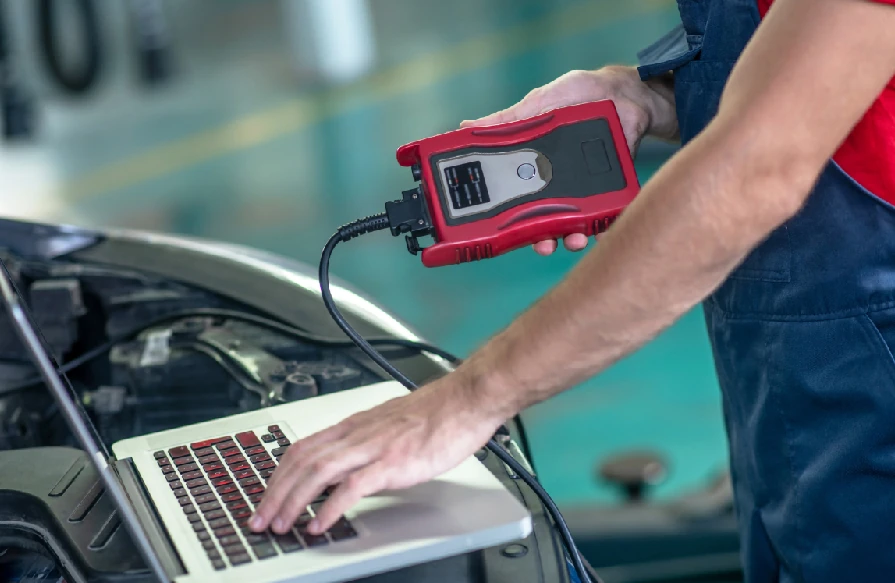

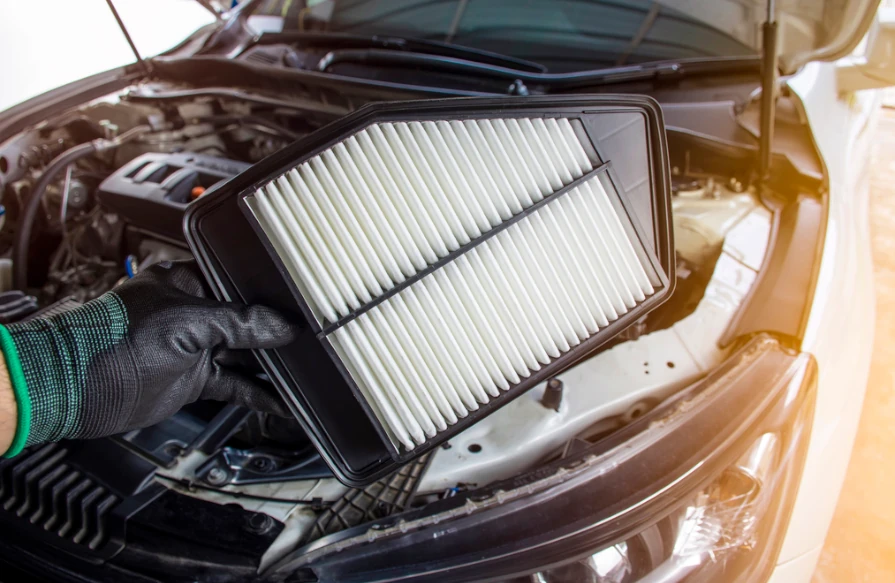
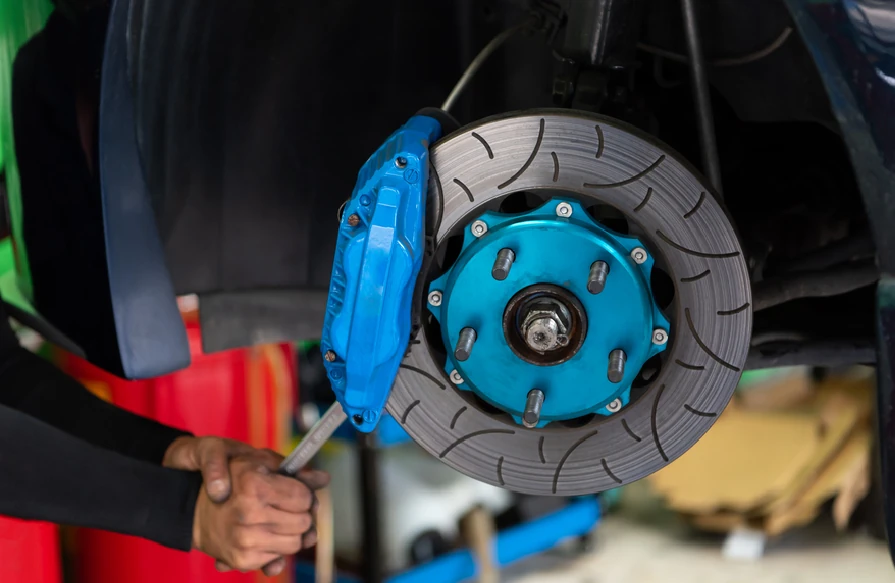
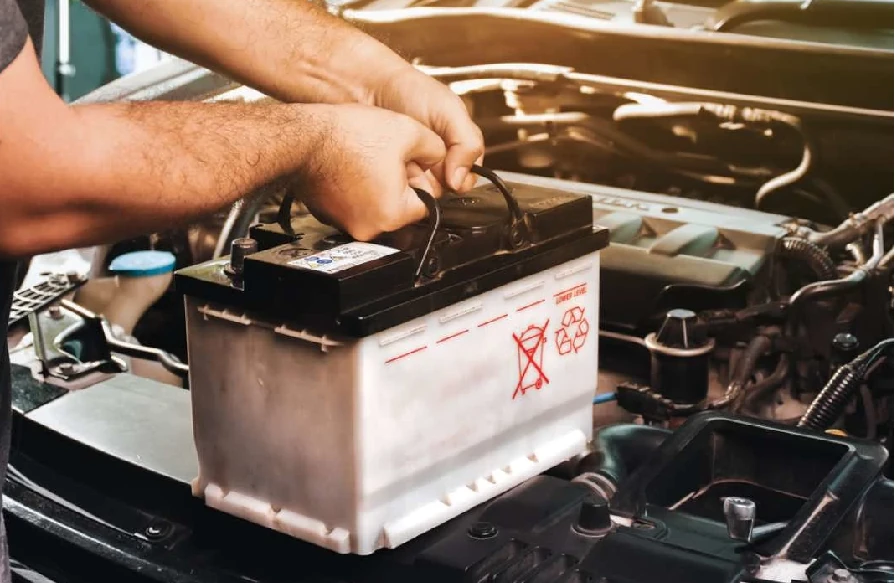
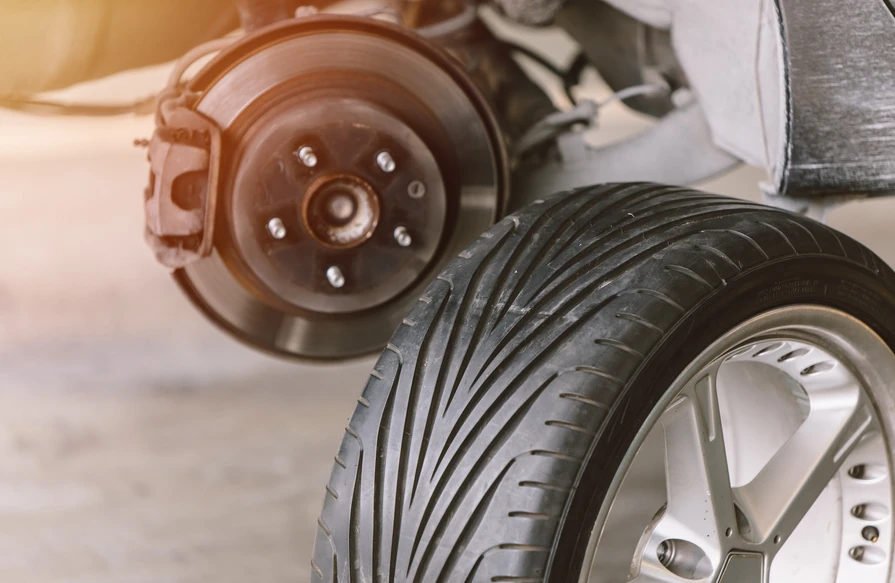
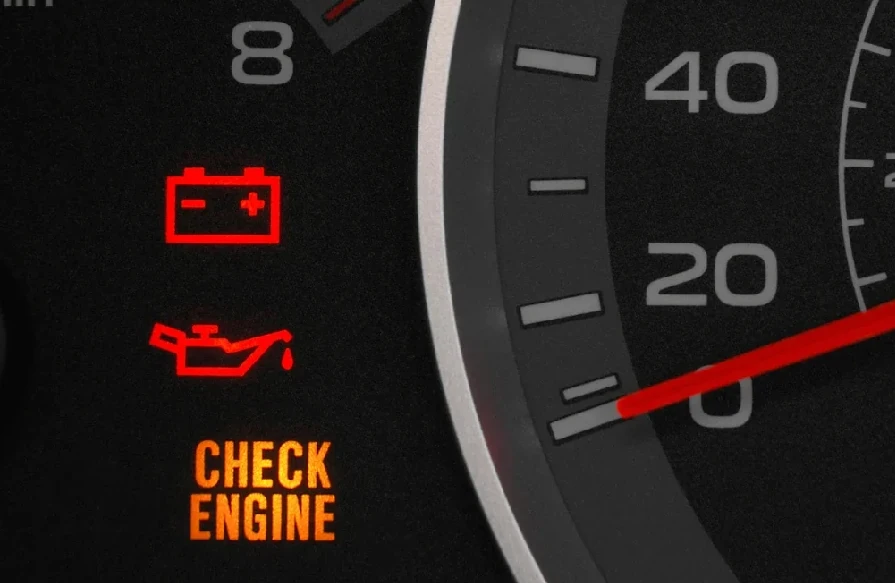
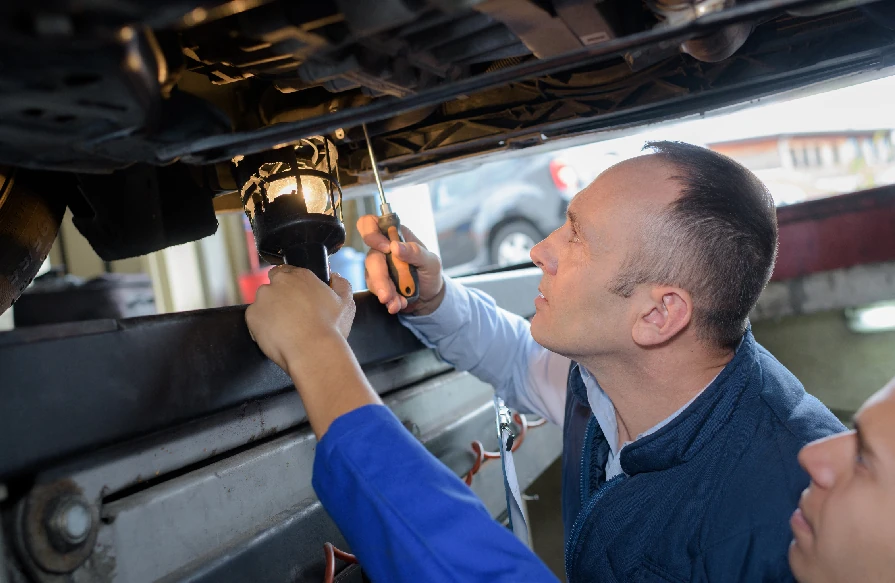
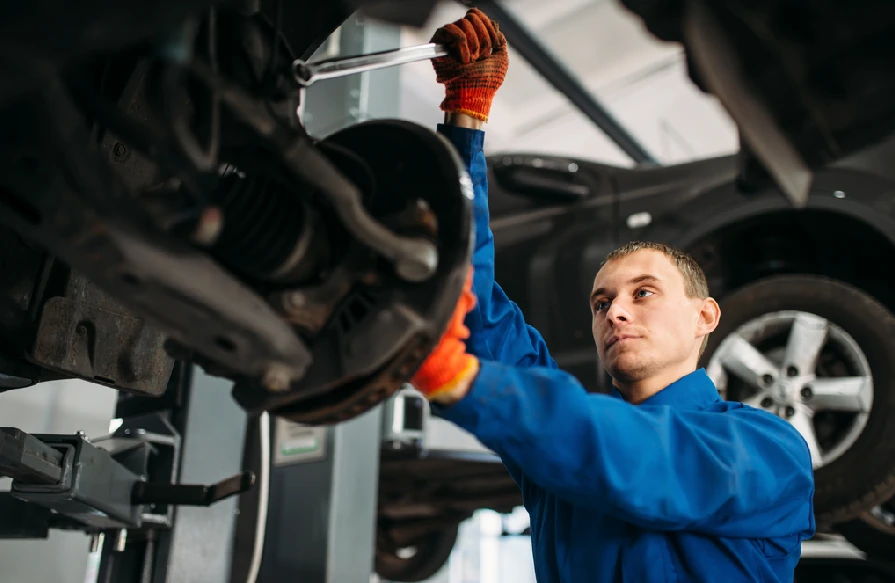
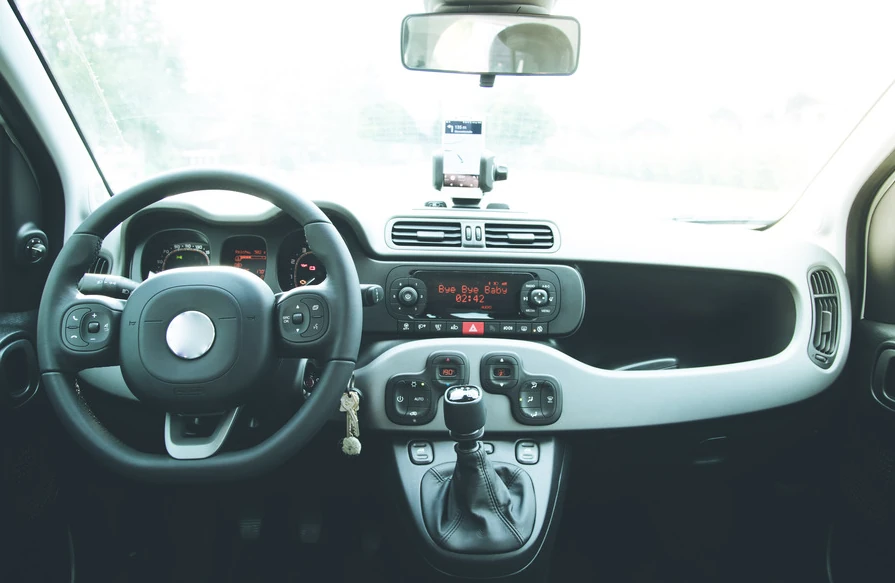
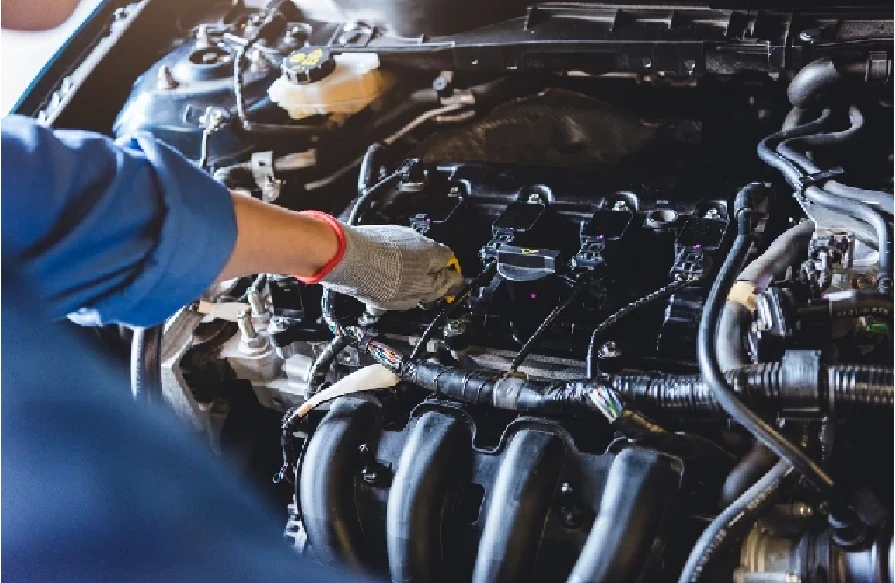
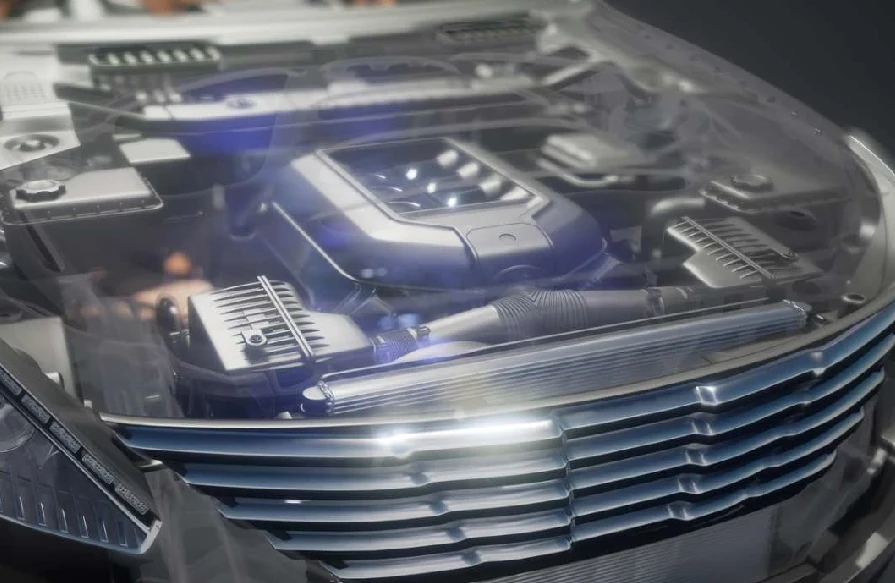
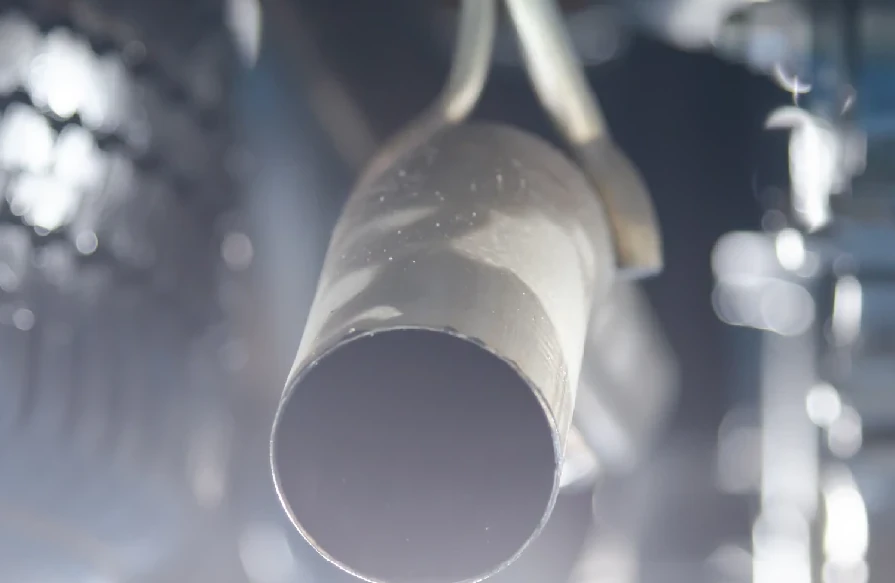
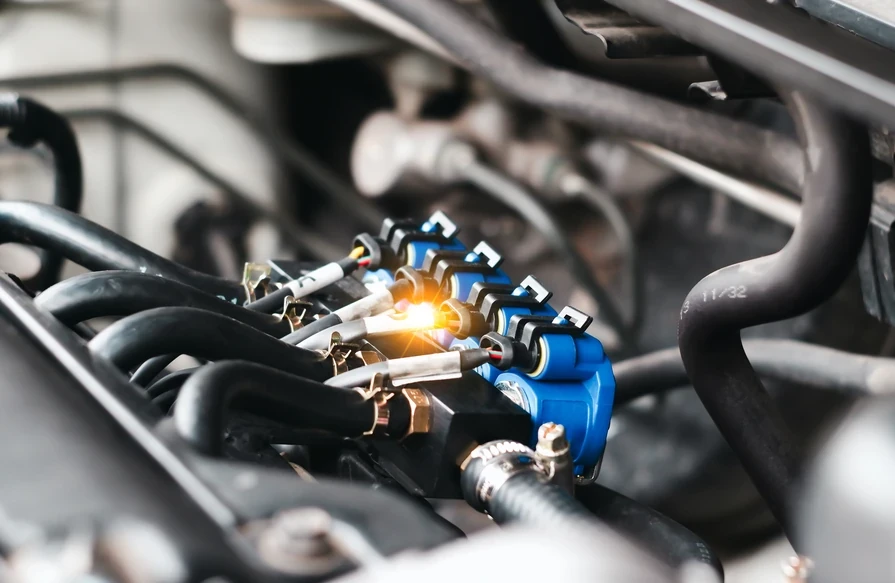
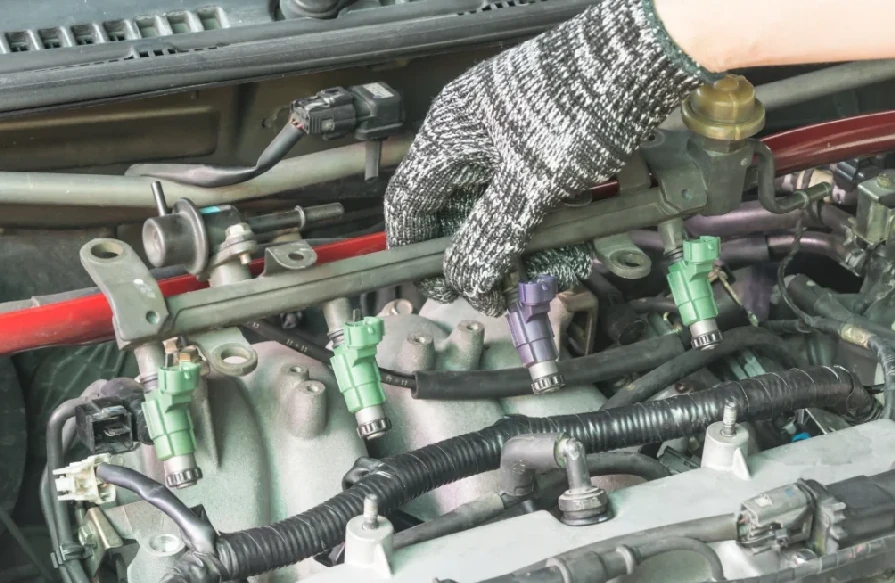
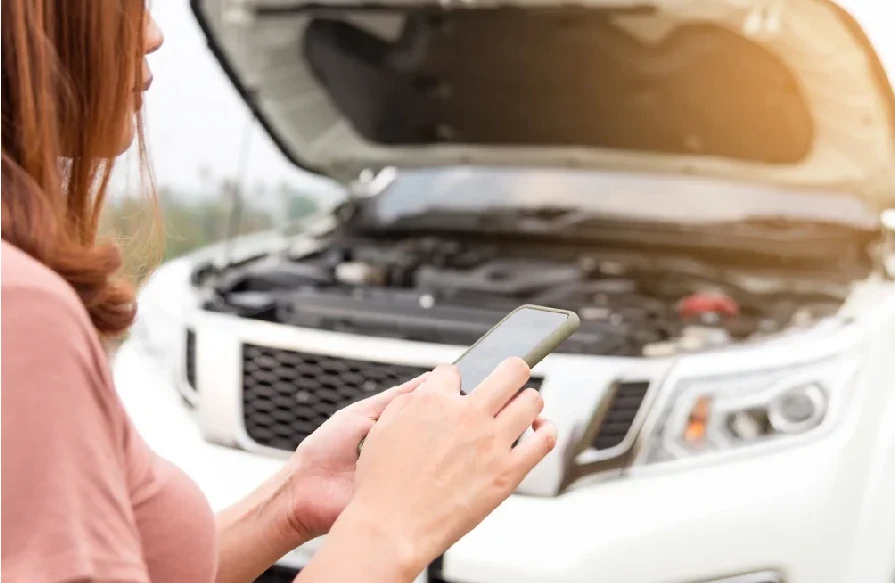
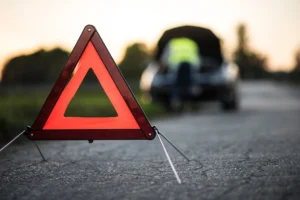 What Are Driveability Concerns?
What Are Driveability Concerns?